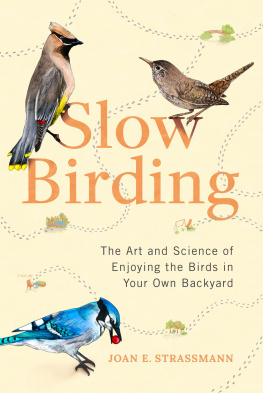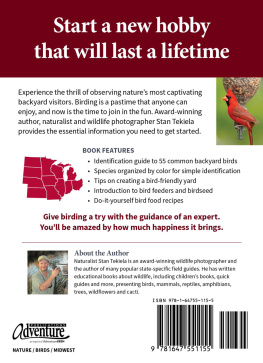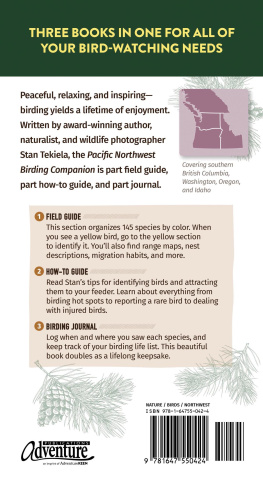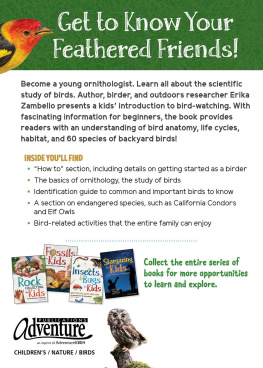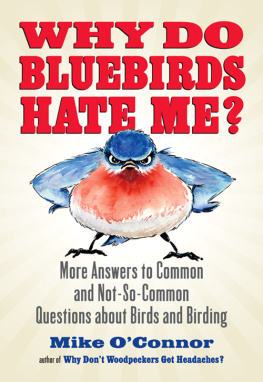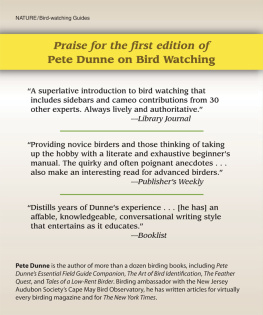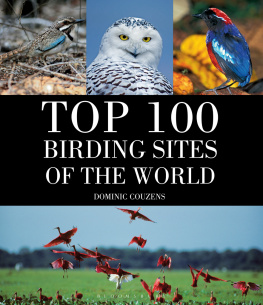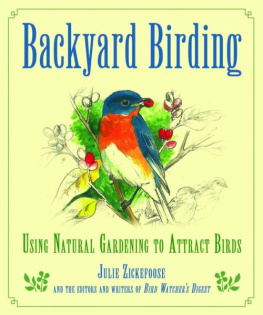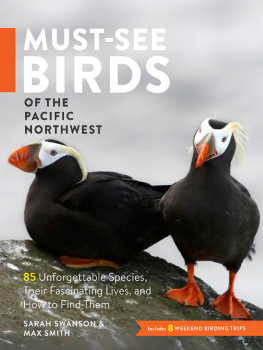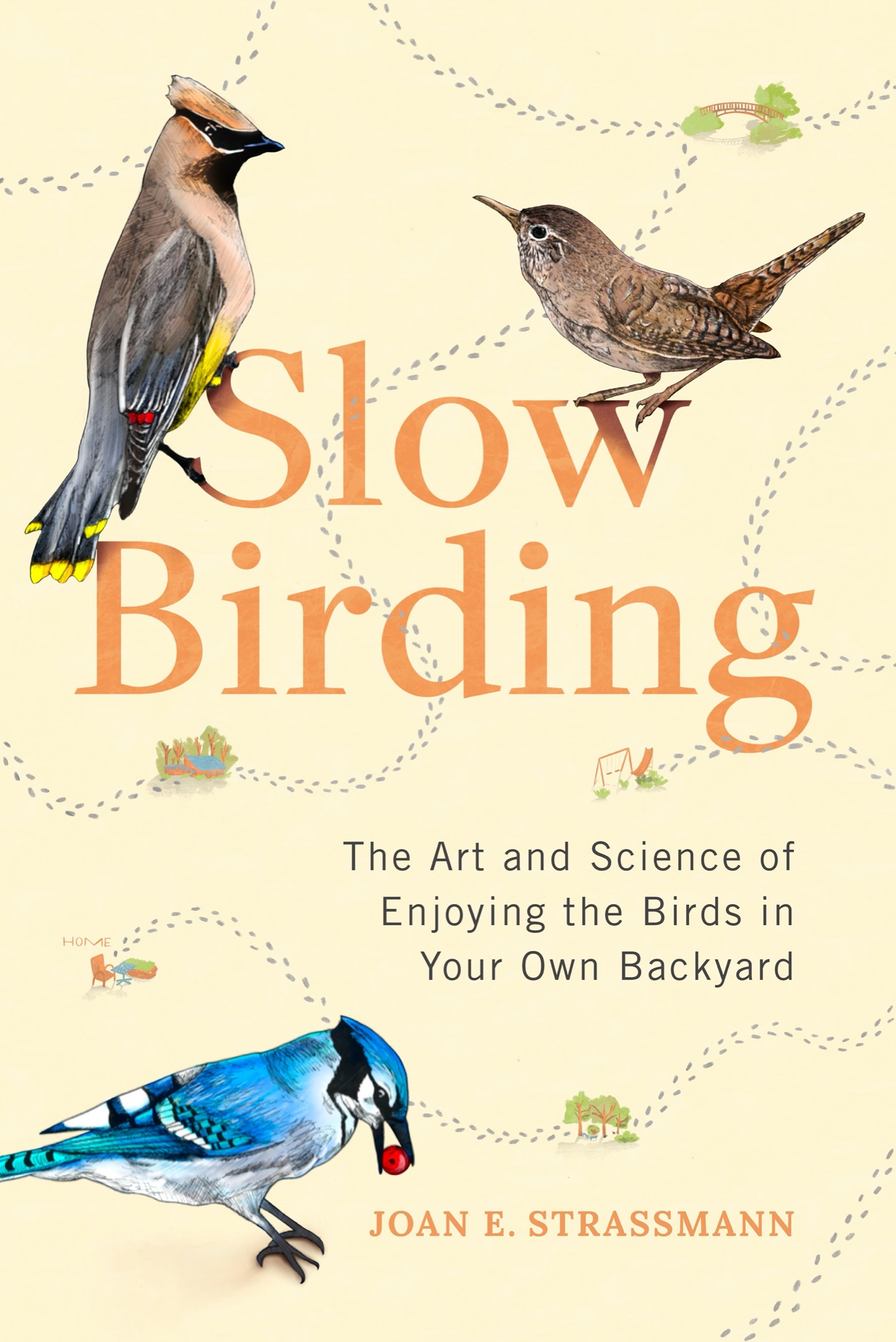Praise for Slow Birding
Joan Strassmann, an expert on the evolution of behavior, has written a wonderfully accessible account of the rewards of really watching birds and how fascinating even the most familiar species are. She shows us how biologists have revealed intriguing behaviors, what everyone can discover by careful observation, and how joyful and patient slow birding can be.
Doug Futuyma, Distinguished Professor Emeritus, Stony Brook University and author of How Birds Evolve
I highly recommend Slow Birding to novice and advanced birders alike. Strassmann invites us all to sit and watch the common birds near our homes and favorite parks to better understand and value their amazing lives. Put your check lists aside for just a moment and make your own discoveries about your feathered neighbors.
Bridget Stutchbury, Distinguished Research Professor and author of Silence of the Songbirds
Slow Birding is the book for the curious and observant bird watcher of all ages. I wish I had a copy of this book when I started my own adventures into urban birding as a kid in Budapest in the early 1980s. Books like this, where popular beliefs on bird behavior are supported or rejected based on scientific papers and personal insights are supplemented by quotes from friends and colleagues, might even recruit a few more and much needed scientists who focus on natural-history driven questions in STEM.
Mark E. Hauber, PhD, DSc, and author of The Book of Eggs
In Slow Birding, Joan Strassmann brings together the best of avian behavior, ecology, and natural history that few outside of academia will ever hear about. Focusing on birds that many of us might see in our backyards or in a local park, Strassmann highlights the amazing but underappreciated lives of some of our favorite birdssuch as Blue Jays and American Robinsas well as those of recent interlopers to many countries around the worldsuch as House Sparrows and European Starlings. She shows, with engaging prose and a deep scholarship, that we dont have to travel to the far corners of the Earth to witness the wonders of behavioral ecology or appreciate the important ecological roles of our feathered friends. Slow Birding shows that birdwatching need not focus on amassing a big life listthat theres joy and wonder in eavesdropping on the extraordinary daily lives of one or a few species.
Scott Edwards, PhD, Harvard ornithologist
From serendipitous discoveries to long-term field studies, Strassmann takes us on a journey through the worlds of ornithology and behavioral biology using backyard birds as her guide. She weaves together a collection of stories about natural history, the scientific method, and the importance of place into an enthralling narrative about her own experiences with some of her favorite American birds. With each chapter devoted to a single species, including an engaging set of activities for readers to do in their own backyards, Slow Birding is appropriate for novice and skilled birders alike, as well as those simply interested in learning more about the fascinating lives of the birds around them.
Dustin Rubenstein, author of Animal Behavior
In the frenetic world we live in, where even birding has become a competitive sport, Slow Birding reminds us of the simple joy that comes from observing the birds around usnot checking them off a list, but really watching and appreciating the nuances of their daily lives. Strassmann weaves together the stories of these familiar species and of the scientists who unlocked the mysteries of their behavior. A superbly crafted and enjoyable read!
Douglas J. Emlen, University of Montana regents professor of biology and author of Animal Weapons: The Evolution of Battle
Like all the best nature books, Slow Birding is about much more than its titular topic. Yes, it is about birding, but it is also about history, geography, psychologyand most of all, how to see, really see, the ordinary things around you. Strassmann cleverly combines sharp observations of common species with suggestions for ways to learn more about birds like American Robins (check out how different individuals hunt down worms) and House Wrens (put up a simple nest box). She also shows us the dedicated scientists who painstakingly unravel the lives of these and other supposedly unremarkable species. You dont have to be obsessed with lists and raritiesSlow Birding will show you your own backyard as you have never seen it before.
Marlene Zuk, author of Paleofantasy and Dancing Cockatoos and the Dead Man Test
There are birders who race around trying to see as many species as possible, and there are birders who are more interested in the behavior and history of the birds they see every day. Joan Strassmann is one of the latter, and here in Slow Birding she provides a manifesto of this approach, combining carefully researched and well-written essays describing the biological history and recent scientific research of sixteen common North American birds with dozens of suggestions for how to enhance your appreciation of the birds around you. I highly recommend slow birding, both the book and the philosophy it represents. Reading it will convince you to follow Strassmanns suggestion and pull out a lightweight, easily carried chair, sit down with your binoculars, and watch; you may never bird the fast way again.
Walt Koenig, retired senior scientist, Cornell Lab of Ornithology
Joan Strassmann has provided guidance on how to make the most of your time in the fieldor living roomby pointing out what to look for and how to make the experience most meaningful. Just as a course in art appreciation can enhance your visit to a museum, slow birding can enhance your time with birds. Her mode of expression also makes this book a pleasure to read. This quote is an example of how she mixes science with empathy when writing about snow geese: Avian cholera is a disease of density, passed from one bird to another, with the potential of killing nearly a tenth of the population every year, creating goose heartbreak when ones partner for life dies. Slow Birding is a book to appreciate and return to.
Ellen Ketterson, Distinguished Professor of Biology, Indiana University and author of Snow Birds
Slow down birders and savor the soap opera, all the sexual infidelities, sibling rivalries, inheritance disputes and instances of parents playing favorites, unfolding right in your own neighborhood. Thats the advice of veteran naturalist Joan Strassmann, a worlds expert on the evolution of social behavior. In writing that is always informative, occasionally lyrical, Strassmann provides character sketches and social histories of some of our most commonly sighted winged dinosaurs. Along the way, she introduces readers to the ornithologists who devote their lives to unlocking the secret lives of birds and explains how they construct and test the hypotheses that transform suspicions and birder-gossip into publishable facts. Incidentally, I plan to get copies for all my friends who started birding during the pandemic and recommend the book to all the young people (high-school to post-grads) who ask me how to become an animal behaviorist. As an aside to Joan: When can I expect Slow Birding for West Coasters? Also eagerly awaiting Slow Entomology.
Sarah Blaffer Hrdy, author of The Woman That Never Evolved and

